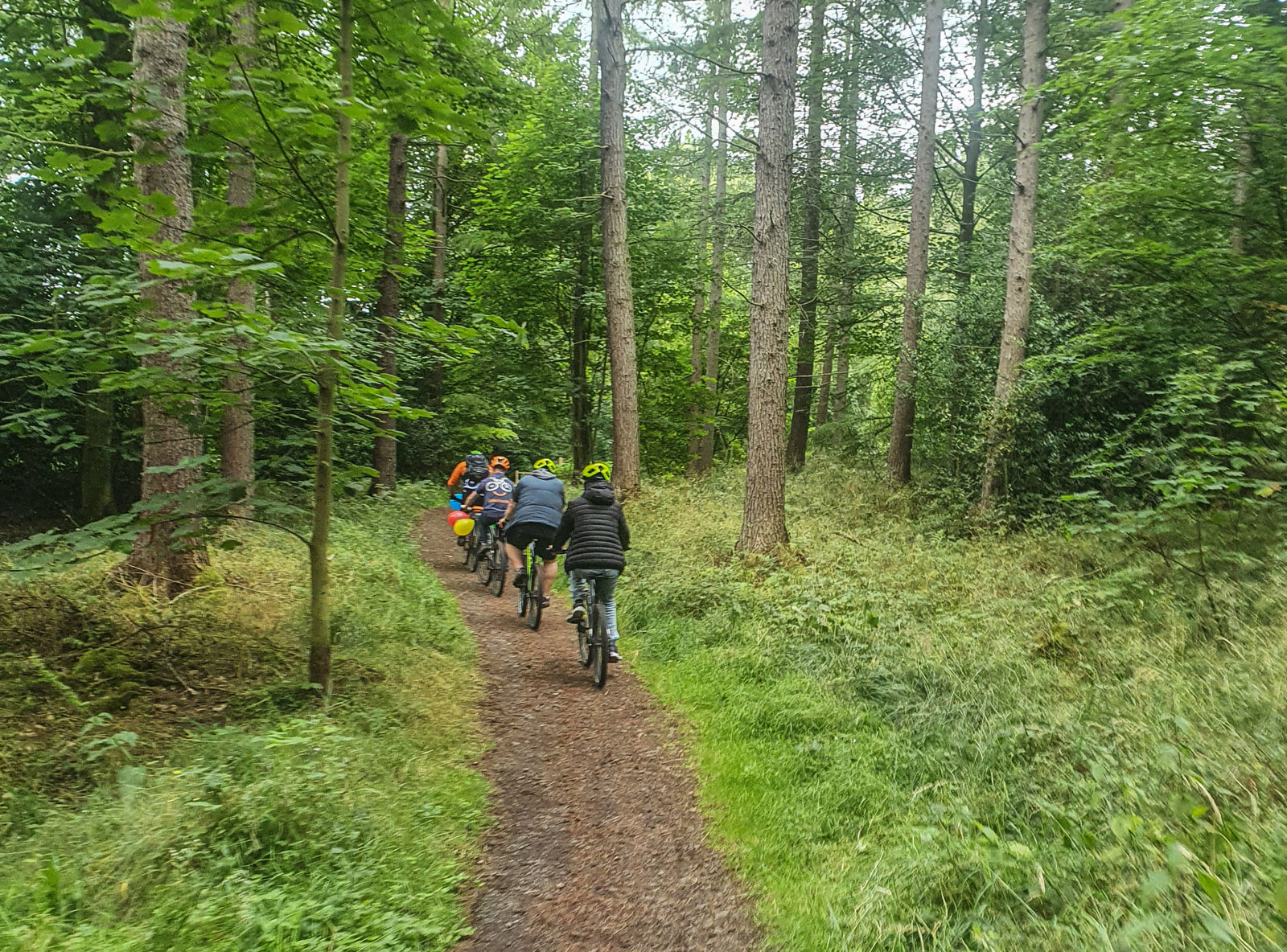Summary
Overview
This research project will gather evidence to better understand, enable and support public access to woodlands.
The England Tree Action Plan incorporates an action to ensure that the provision of safe public access is a feature of as many woodlands as possible. The forthcoming Woodland Access Implementation Plan also sets out ambitions to support public access.
There are currently evidence gaps in terms of meeting the actions in these plans and this research will contribute directly to addressing these. Evidence outlines that public access to woodlands is important for people’s health and wellbeing and helps connect people to the natural environment. It can also contribute to people valuing trees and woodlands, which can sometime lead to people acting for nature through, for example, getting involved in volunteering activities.
This project is part of the Nature for Climate Fund.

Research Objectives
- Better understand the existing quality and quantity of public access to woodlands
- Identify effective solutions for enabling and encouraging land managers to maintain existing access and provide new/further access
- Explore how to enable diverse publics to make the most of existing and new public access
Latest Update
We have three key work packages (WP) and through these we will:
- WP1 – Spatially map accessible woodlands and identify what proportion of people have access to woodlands within walking distance of where they live.
- WP2 – Carry out interviews, workshops and a survey to explore how different groups of land managers might be encouraged and supported to provide public access to woodlands.
- WP3 – Explore how to encourage and enable access to woodlands by diverse publics. We will explore what access means to people and what are effective approaches that enable under-represented groups to access woodlands.
We are currently carrying out literature reviews. One is aimed at understanding the barriers that prevent different groups within society from accessing woodlands and exploring interventions that have enabled and encouraged access. Another review is exploring land managers’ attitudes to public access and any support or incentives that might encourage them to allow access by the public to their woodland. We are also designing a survey for land managers and questions for interviewing members of the public. Furthermore, we are currently bringing together different spatial dataset on which woodlands have public access.
The research project will last for two and half years and will end in March 2025.
Downloads
Funding & Partners
- This project has been funded through the Government's ‘ Nature for Climate Fund’
-
 DEFRA
DEFRA -
Collaborating Partners
-
 Sylva foundation
Sylva foundation -
Key Contributors
- Forestry Commission
- Natural England
- Woodland Trust
- Forestry England



